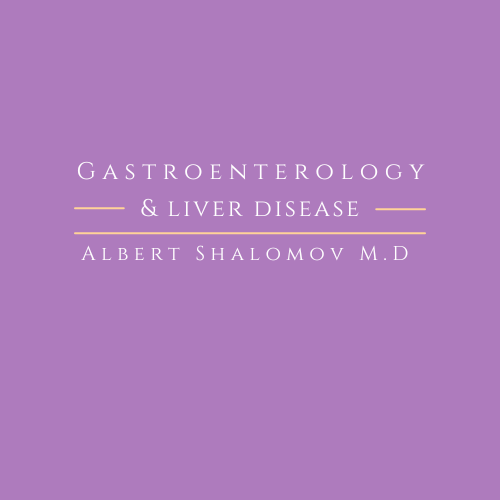Blood in Stool
What is Blood in Stool?
CAUSES OF Blood in Stool
Hemorrhoids.
Anal fissure.
Inflammatory bowel disease (IBD).
Ischemic colitis.
Diverticular disease.
Sexually transmitted infection (STI).
Peptic ulcer.
Polyps or cancer.
Esophageal problems.
Blood thinners.
Endometriosis.
Gastrointestinal bleeding
Symptoms of Blood in Stool
Vomiting blood
Black, tarry stool
Rectal bleeding
Dizziness or fainting
Difficulty breathing
Chest pain
Stomach pain
Diagnosis of Blood in Stool
Nasogastric lavage:
Esophagogastroduodenoscopy (EGD
Enteroscopy:
Barium X-ray:
Radionuclide scanning:
Angiography:
Colonoscopy
Anoscopy
Proctoscopy:
Flexible sigmoidoscopy:
Rectal culture swab:
Stool test
Imaging test
Laparotomy: Surgery to open and examine the abdomen may be necessary if other tests are inconclusive.
Treatment of Blood in Stool
Medications:
Antibiotics
Acid-reducing medications
Anti-inflammatory drugs
Surgery:
Polypectomy:
Resection:

“Thank you for visiting Gastroenterology & Liver Disease, my goal is to treat my patients in a highly personalized manner and I am dedicated to give you the utmost attention and respect that you deserve. For more infromation on this disease or to schedule a consultation with me, please give us a call or book a tele-health appointment online.”

